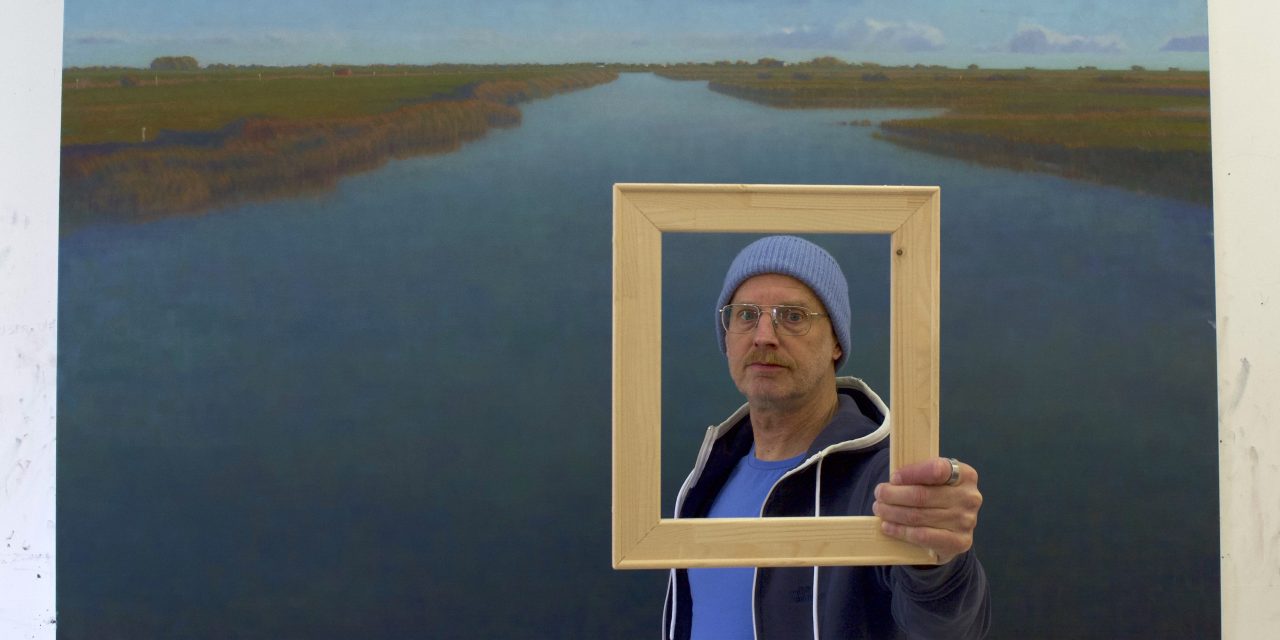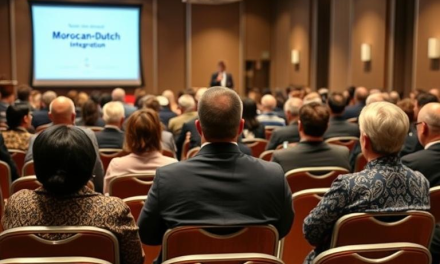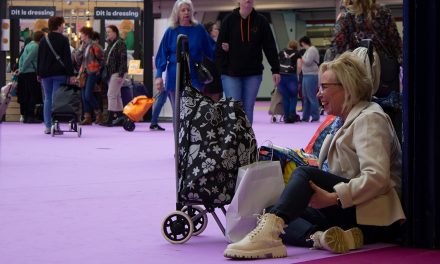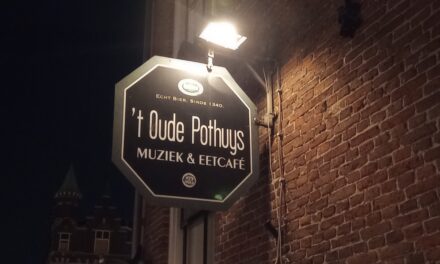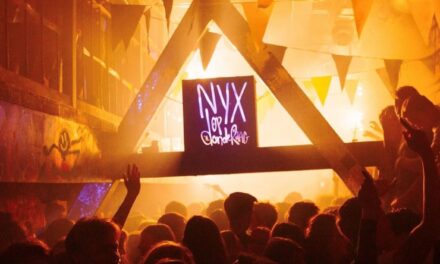Berlin is the city in the world with most Danes outside of Denmark, according to the Danish Foreign Ministry. However, the relationship between Danes and Berlin can be traced back to the 1800s, and the city has even been appointed the nickname “Denmark’s second capital .” Danish artists especially seem to have an affinity for the German capital, but why?
By Mathias Krogsøe
The Danish embassy in Berlin estimates that approximately 300 Danish artists work in the city. That may not sound like much, but it is for a small country like Denmark, with a population size of a little under 6 million.
To put this in perspective of the art community, Denmark’s three art academies each admit between 4-6 students a year. If all of them moved to Berlin after graduation, it would take 50-75 years to reach 300.
Two Danish artists, painter Ulrik Møller and art photographer Katrine Mosbæk work in the city but moved there in very different times and cultural contexts, but for many of the same reasons.
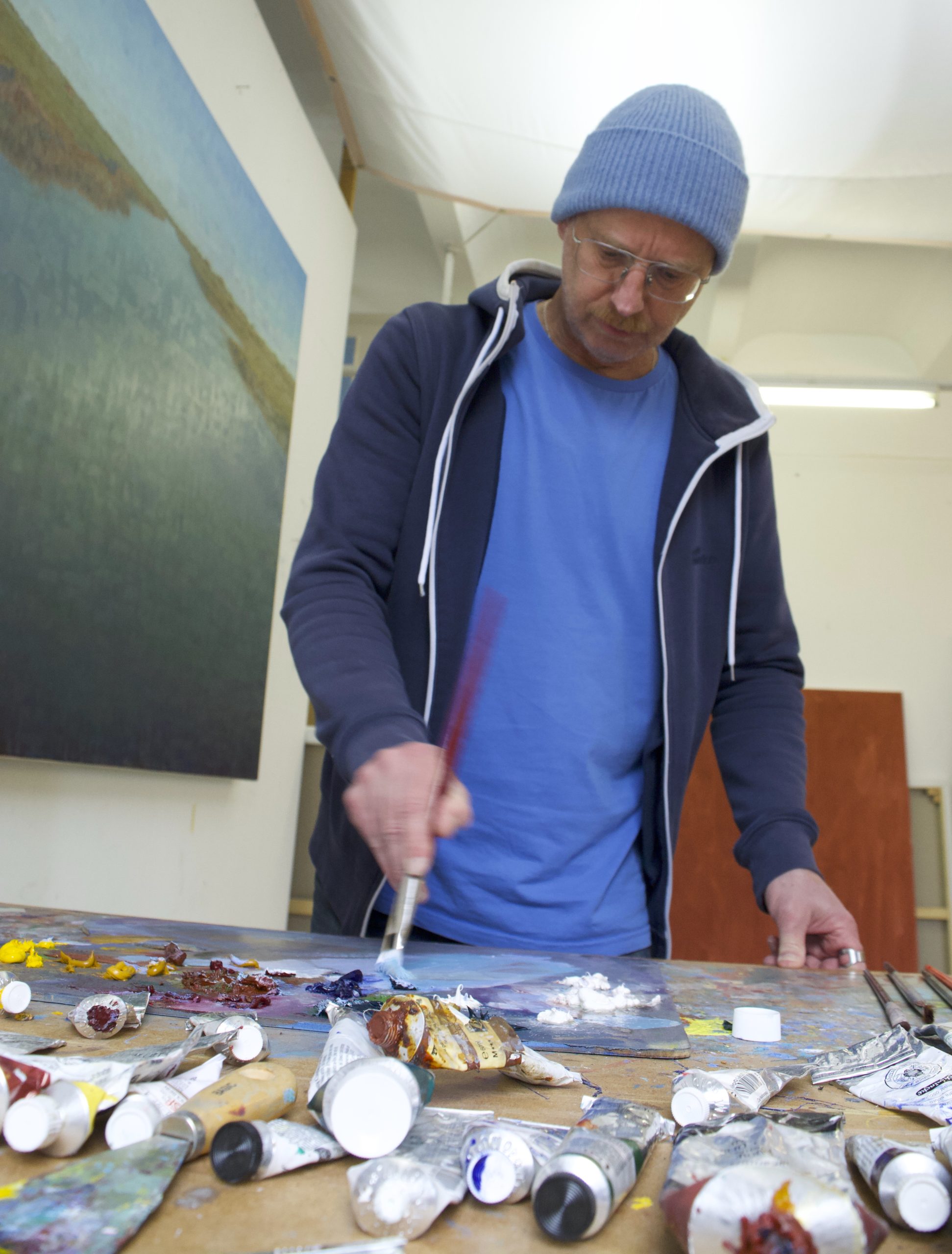
(Photo: Mathias Krogsøe)
Ulrik Møller paints landscapes using oil paint, wet on wet. For him, landscape painting isn’t about nostalgia or looking back, although he doesn’t deny the clear references to some of the great landscape painters of the past. He describes his work as the language he speaks, the form in which he expresses himself.
In the Prenzlauer Berg studio on Ufferstraße, Ulrik talked about when he moved to Berlin in 2000. He describes Berlin almost as an artist’s paradise:
“People came from all over, and it’s very interesting to have colleagues from many cultures, with different perspectives. And back then the community was much smaller, you met everyone at the same gallery openings, exhibitions and studio parties.”
Another bonus was the very cheap rent in those days, “And you could get all the apartments and studio spaces you wanted for almost nothing. It was an Eldorado back then.”
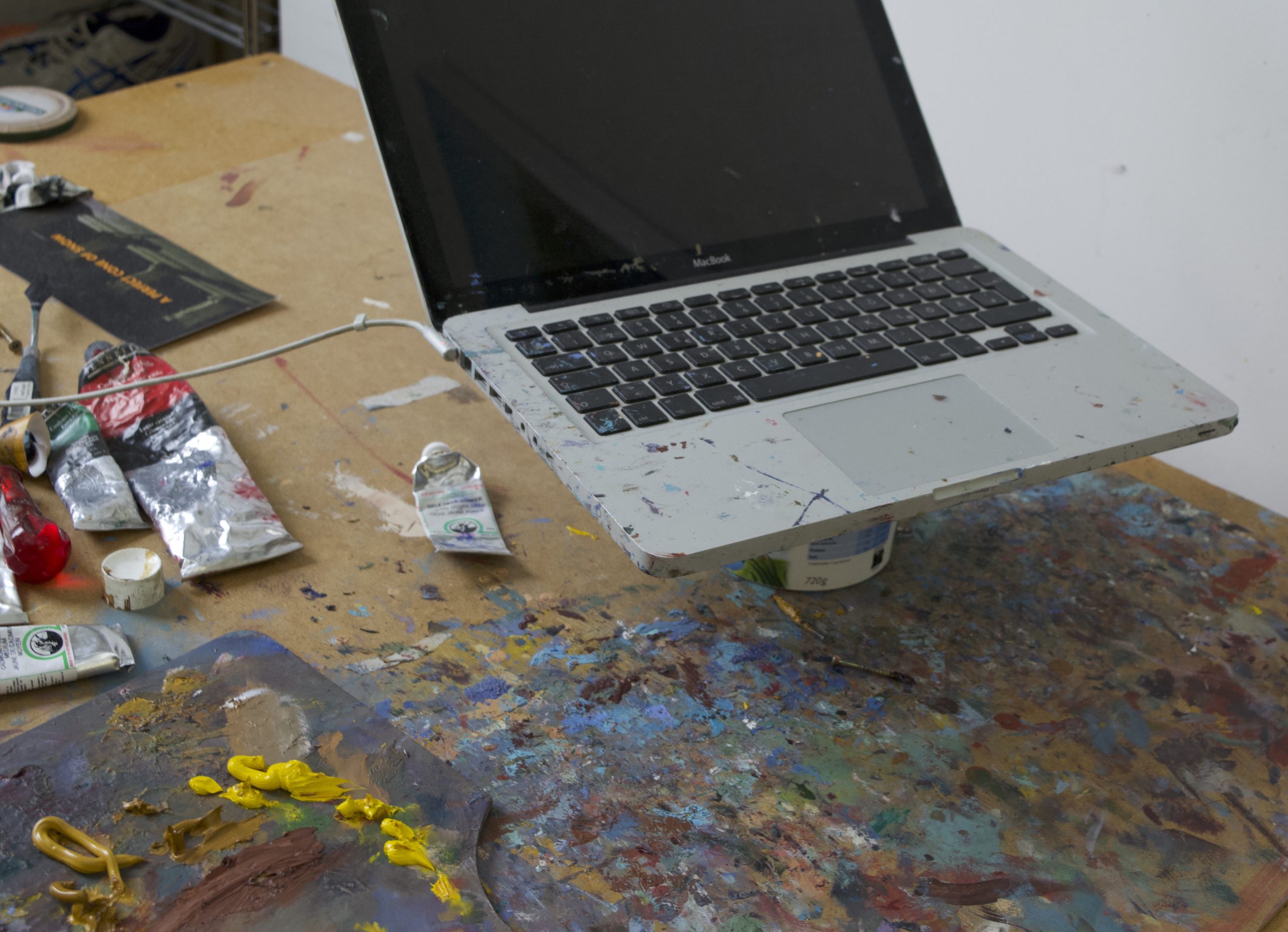
(Photo: Mathias Krogsøe)
Uffe Andreasen, the former culture counselor at the Danish Embassy in Berlin, also sees this as a part of the explanation of why so many Danish artists are attracted to the destination:
“Berlin is a city in constant development. The city has not yet found its final form, and that appeals to especially young artist, who finds themselves in the same position. There is room and space to explore and experiment.”
He explains, adding that the once cheap rent was only part of the reason: “There is a reason why artists move to Berlin and not to Prague, even though housing is also cheap there,” he says with a wry smile.
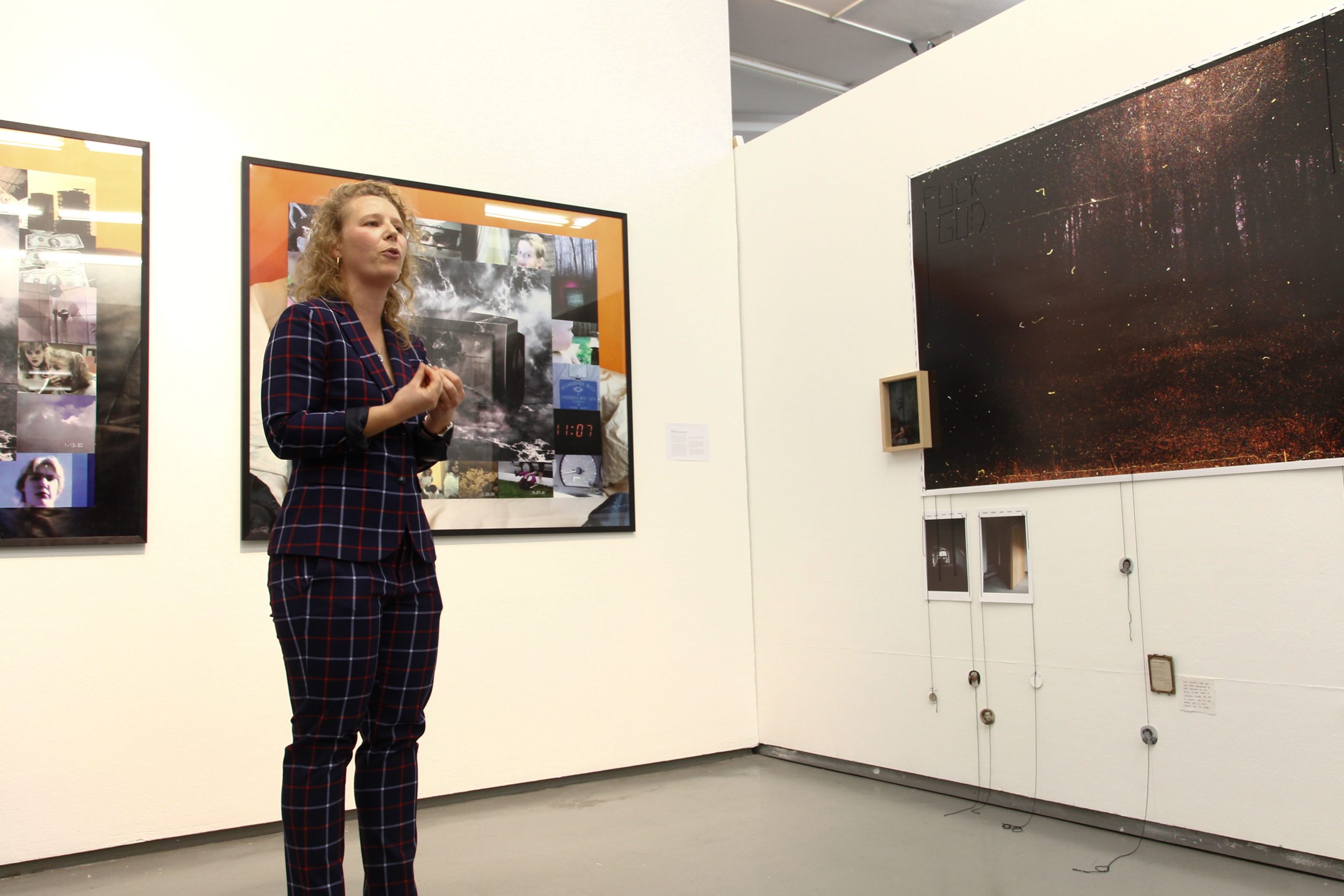
Katrine Mosbæk at her latest exhibition, FUCK GUD – DIN NAR 2022 (photo: Su kim)
Katrine Mosbæk, Art Photographer, was drawn to the city by its rich cultural history, especially in art photography, a much bigger field in Germany than in Denmark. The atmosphere of the town and the opportunities for collaboration also played a significant role in her move:
“Berlin is, after all, the city of art for Europe. There’s a lot of art going on down here. the city is almost like the whole of Denmark in itself. So there’s a huge environment for that down here. And especially in photography.”
Katrine moved to Berlin about 2 years ago to pursue her career in Art photography, and so far, she has not regretted the decision.
“I’m insanely happy about it. Because it has been the meeting point for many artists for many years. And it also feeds some things that are already here, which those of us who are younger and come down here can take hold of and expand upon.”
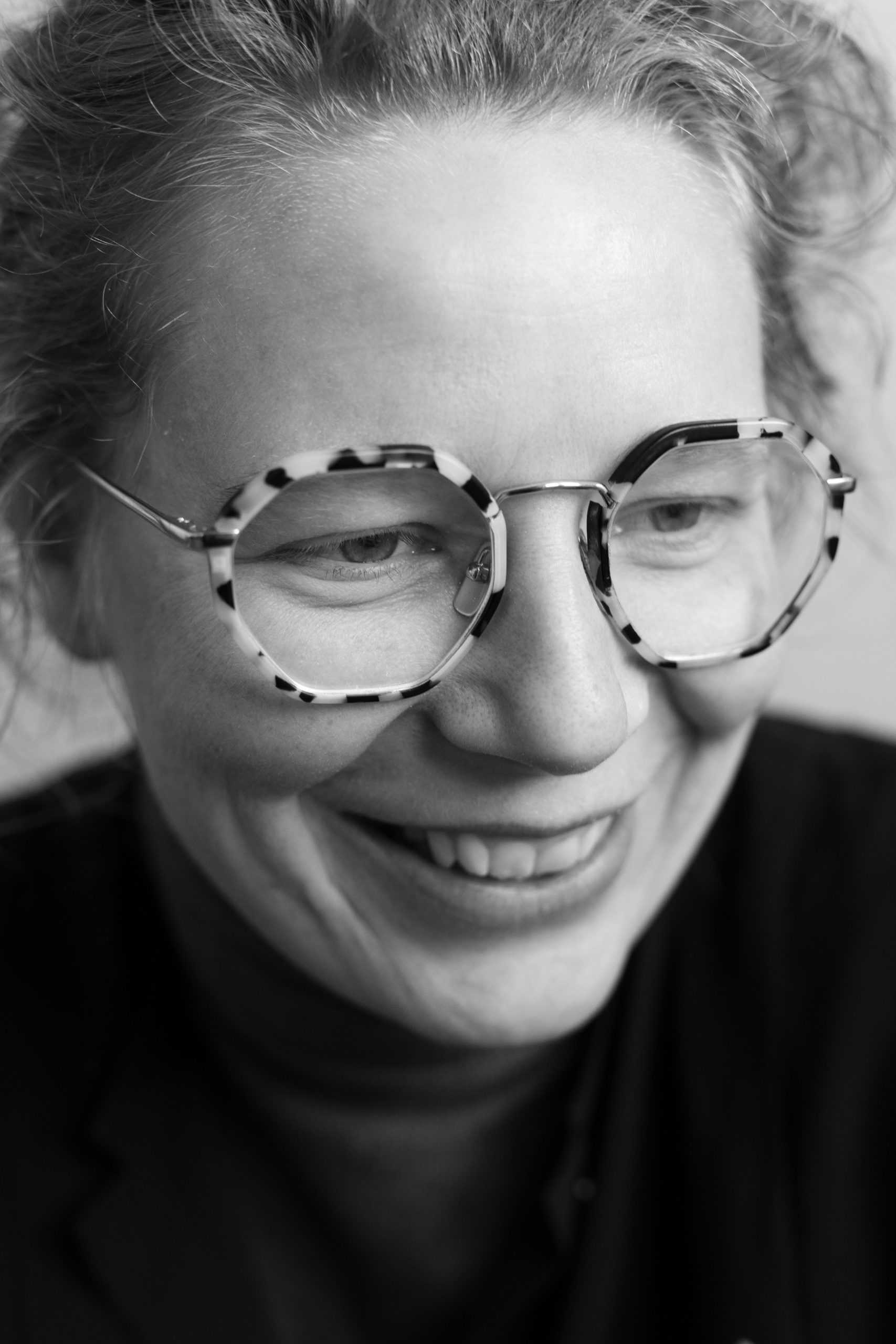
(Photo: Caro Lenhart)
But some things have changed in two decades since Ulrik Møller moved to the city. The money doesn’t go as far as it used to. The rent prices are comparable to any other big European city, like Copenhagen or London. But the atmosphere and the artist culture persist, even though it has become more fragmented in Ulrik’s view:
“back then we all kind of knew each, in one way or the other, it was kind of on big community. Now my experience is that there are a lot of smaller communities spread out all over the city.”
Katrine recognizes this fragmented picture and highlights it as one of the things she loves about Berlin. There is room for many different spaces and subcultures. Referring to it as “Networks Within Networks.” Adding that this can also be tough sometimes:
“It requires a lot of networking, that you have to get to those things, and you have to show up, and you have to say yes to things, and you have to meet people. Because there are so many, and then you just have to find the way to which contacts you can get and where you can network the little ones.”
Ultimately both artists and the former culture counselor agree that Berlin is still the art capital of Europe, although the context has shifted over the years. As Ulrik Møller puts it:
“There has been corona and finance and now there is war and all these things, there is such caution in many places. But I still can’t point to anything better than Berlin. I haven’t heard of anyone saying that yes, now it’s Amsterdam. Or that Paris is coming back. Berlin is still the place to be.”
